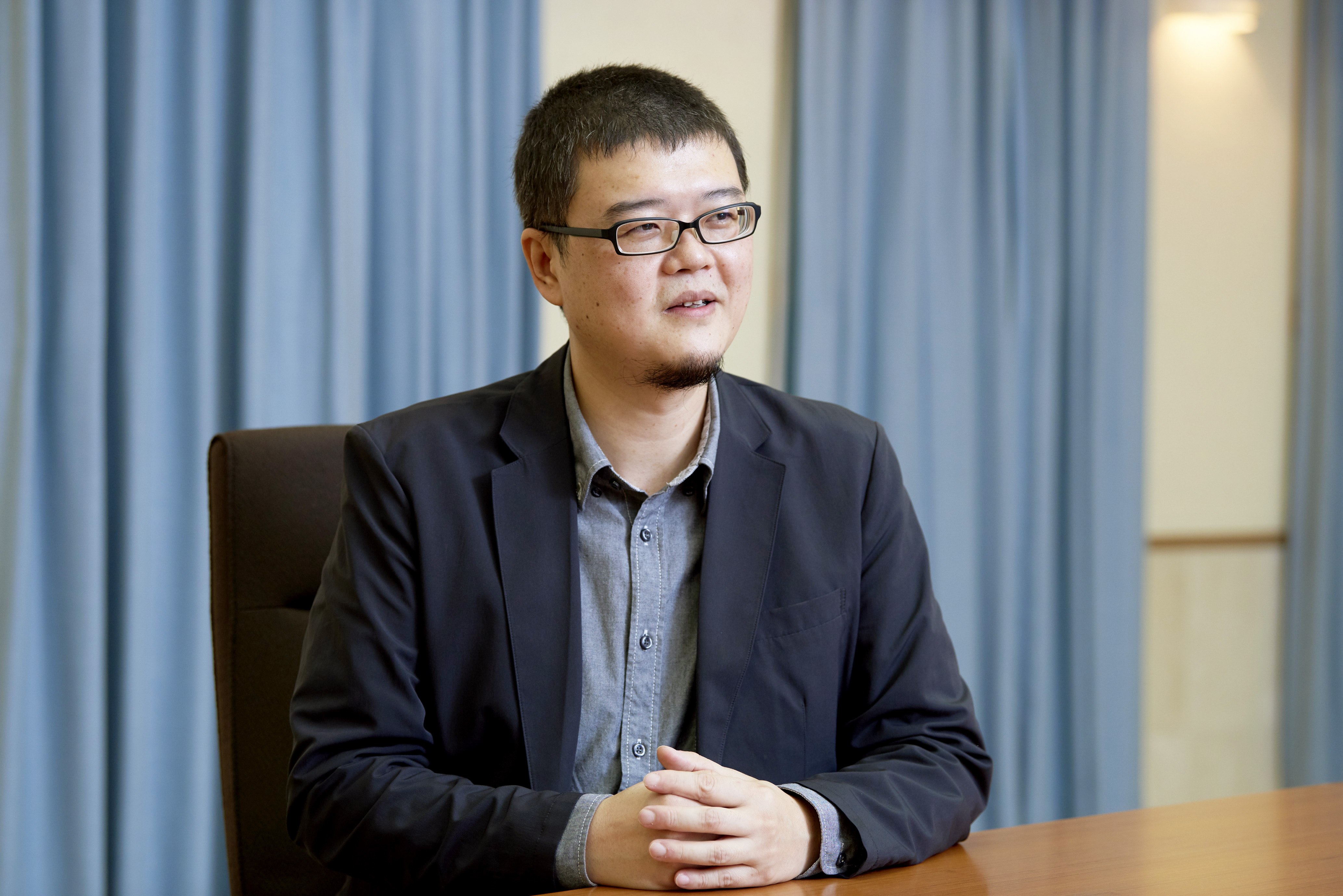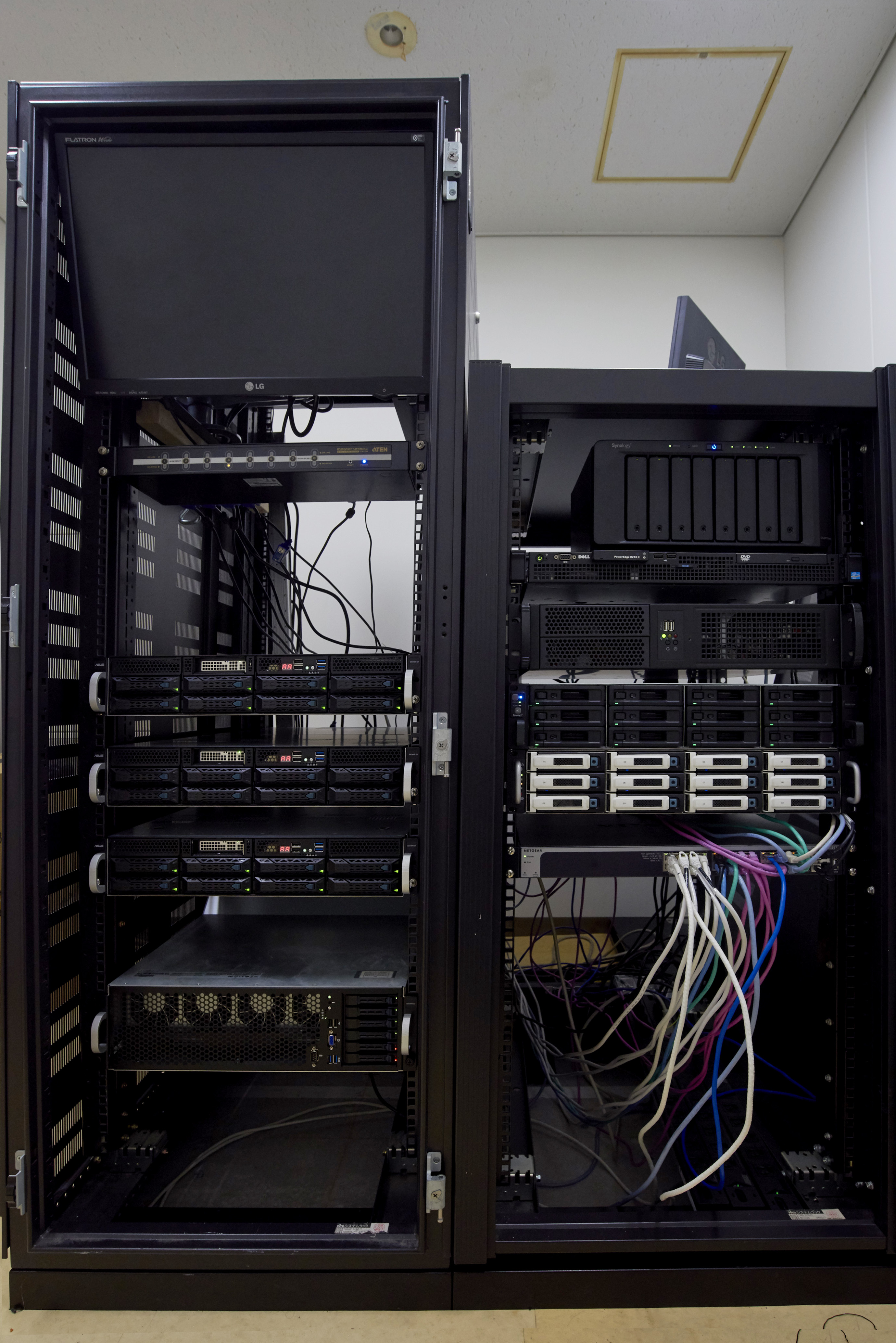
Use Case
Since its founding in 1951, Japan Electronics College has consistently organized highly advanced courses and practiced education that combines "tradition" and "innovation." Based on the educational policy with the two pillars of "vocational education" and "career education," it has taught the most-advanced knowledge and technology required in the industrial communities.
It has sent many professionals to society in its history of about 70 years and, among them, especially many graduates of the "CG/Video Sector" course participate as a CG creator in famous works, such as movies, video games, and animations. VGPU-VDI has been adopted in the CG environment for students studying in the "CG/Video Sector" course, providing most-advanced CG education.
Challenge
"I hit on the idea when I saw specifications of Autodesk showing that Maya of Autodesk could run normally on vGPU-VDI. At that time, I had enough knowledge to use a VDI environment on a thin client but had not investigated the technology of NVIDIA vGPU. After that, in 2018, my superior went to Vancouver in Canada for overseas training and saw that VDI was used at the CG production site of Imageworks Inc. That was the decisive hit that decided us to start to consider adopting it at our school too." said Masaki Ura, who is in charge of R&D in the CG/video sector course of Japan Electronics College talked about the reason they chose the adopt vGPU-VDI:
Ura experienced program development with COBOL in high school and learned CG at Japan Electronics College, currently stands on a platform at the college. He has been highly regarded for his good deal of IT knowledge and experience and involved in the creation of workstations and server environments for CG production. And when he noticed the potential of vGPU-VDI, he felt that it would significantly change the scene of CG education. "Because, before considering vGPU-VDI, I just built practical rooms in which Maya could run in deprecated environments with 900-serie NVIDIA GeForce. I expected that if the environment could be virtualized on vGPU-VDI, high-performance graphic resources could be efficiently used in classes and maintenance and operation of workstation would be dramatically improved,"
"There was a problem in selecting the first partner. I consulted with a system integrator who had no experience in building vGPU-VDI. Therefore, its response was slow and I could not get a concrete proposal even for configurations. Under such circumstances, I consulted with ASK Corporation I met at an exhibition and decided to receive their cooperation as an introduction partner because they had a track record of establishing vGPU-VDI on an ASUS's server," Ura explained one of the reasons.
ASUS Solution
The introduction of vGPU-VDI in our CG education environment started in 2018 and the creation with a prototype was completed in 2019. However, actual implementation took about one year after that.
"Actually, a plan came up to renovate some space of the school building in 2019. The newly renovated room was located under the ground and I thought it would be the best environment to install a vGPU-VDI server. For that reason, I postponed the introduction of the server until the renovation was completed. Consequently, I was able to create vGPU-VDI on a 2U server that supports eight latest NVIDIA T4 GPUs, resulting in a more cost effective virtual environment than originally planned"
The vGPU-VDI environment is equipped with eight T4 GPUs on three ASUS ESC4000 G4 servers, providing the performance that allows up to 40 students and several teachers to conduct a CG production class with Maya.
"All workstations in the practice rooms have been changed to thin client terminals with two displays connected, providing performance comparable to the local workstations even when connecting vGPU-VDI running in the virtual environment of the server room from the thin client terminals via the network using the dual display. We would like to expand it to other practice rooms and make it possible to use them at home. I feel that there are environmental benefits as the power consumption and temperature in the practice room are reduced. Also, as personnel in charge of management of IT environments, it is very helpful to be able to respond from anywhere without having to go to the site even when students or teachers consult me saying "the environment is something wrong" while using the environments."






